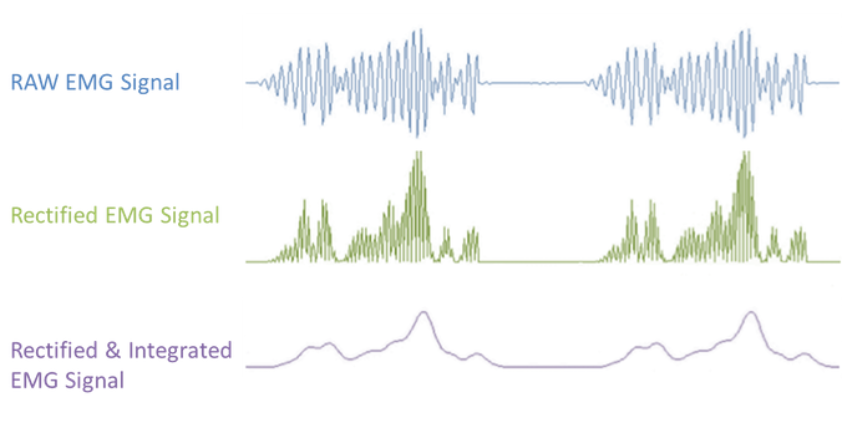
Muscle sensors-Harness the power of muscle signals
Wearable Muscle Sensor Platform – 4th-gen sensor – Arduino compatible – Control robots, prosthetics, video games, & more
How does muscle sensors work?
The muscle sensors measures muscle activity through the electric potential of the muscle, commonly referred to as electromyography.
When your brain tells your muscle to flex, it sends an electrical signal to your muscle to start recruiting motor units (the bundles of muscle fibers that generate the force behind your muscles). The harder you flex, the more motor units are synchronized to generate greater muscle force. The greater the number of motor units synchronized, the more the electrical activity of your muscle increases.
The muscle sensors will analyze this electrical activity and output an analog signal that represents how hard the muscle is being flexed.
An EMG sensor measures the very tiny electrical signals generated from your muscle just like any standard voltmeter but instead of a constant voltage, these signals are waveforms (called the raw EMG signal) and look similar to audio sounds. This waveform is very useful and contains a wealth of information within it. BUT to measure how hard the muscle is flexing, you have to further process it. The MyoWare takes care of all this processing for you and outputs a voltage that represents the amount of muscle activity (also called the EMG Envelope), shown in purple above.





